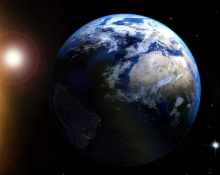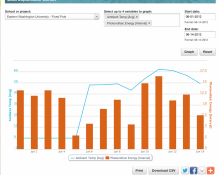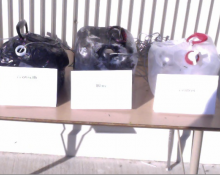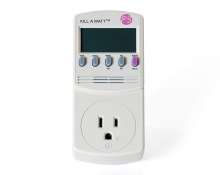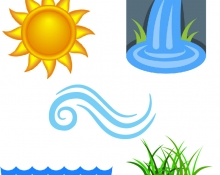Our Place in Space: Cosmic Ray Detector
• Students will discuss how energy from the sun is transmitted in a variety of forms that perform different amounts of work. • Students will identify multiple pieces of evidence that demonstrate energy being transmitted from the sun.
The students will be introduced to solar radiation with an activity centered on using a

